
BUILDING information modelling (BIM) software specialist Tekla is on a roll. It has launched a new version of its main product Tekla Structures immediately after the launch of new Tekla BIMsight application.
Tekla Structures 17, ready to download on the Tekla Extranet, introduces many improvements for project collaboration, such as better project managing tools and even more interoperability with other software systems.
New to the latest annual version are features such as improved clash checking, organising, viewing, snapping, commenting and project managing tools, including easy input to the free-of-charge Tekla BIMsight collaboration application launched just one day earlier.
Tekla Structures 17 provides even more interoperability than before with leading software systems, such as Unitechnik, BVBS 2.0, and Betsy for those operating in the precast concrete industry. For the steel industry there is now an improved DSTV connection to CNC machinery.
It allows higher accuracy with more customisable and automated drawings. Visualisation of parts and objects in the model has been enhanced by, for example, providing a larger colour palette to choose a correct tone from. Its functions are more and more Windows-like to make its use more intuitive and standardised. “The development of user experience and assistance is continuous at Tekla,” says a company spokesman. “In addition, the software is now certified to support the use of 3Dconnexion mouse.
“In general, Tekla Structures 17 beta version testers from all over the world think that the new Tekla Structures version introduces some very useful new features and great improvements.”
“It appears that Tekla are committed to advancing their development and ironing out the product before its release,” says Tim Fox from PDC Global. “It will be a challenge to Tekla’s competitors to attempt to achieve the same level of commitment!”
“At Tekla we know how fragmented and complex construction projects can be,” says Risto Räty, Tekla executive vice-president. “We also know that building information models have a way of making reality seem much less complicated.”


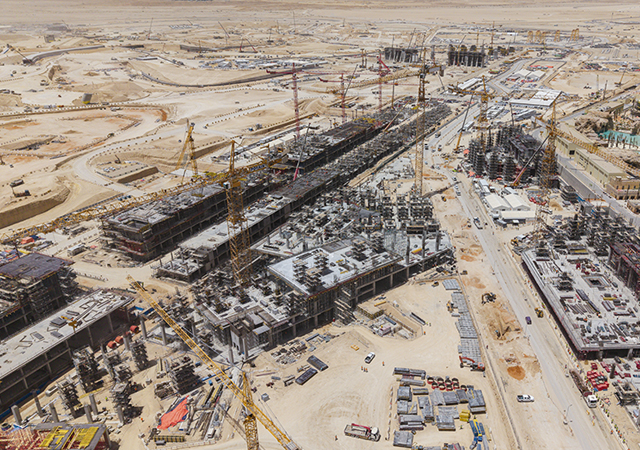
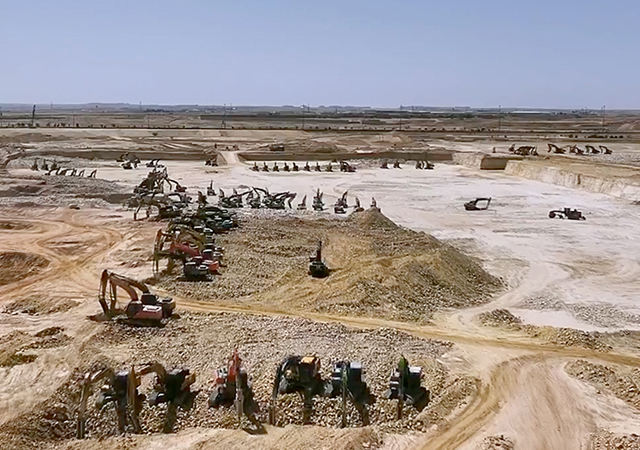
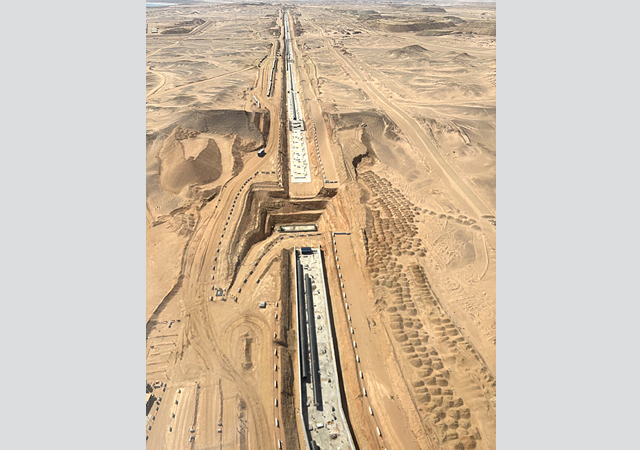





 BIG.jpg)
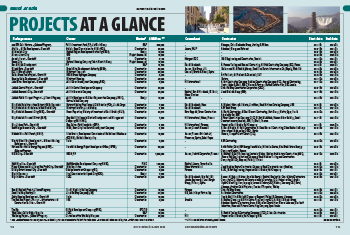
.jpg)
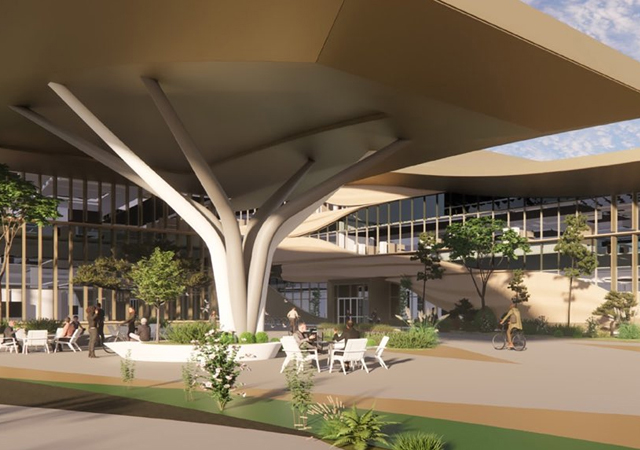


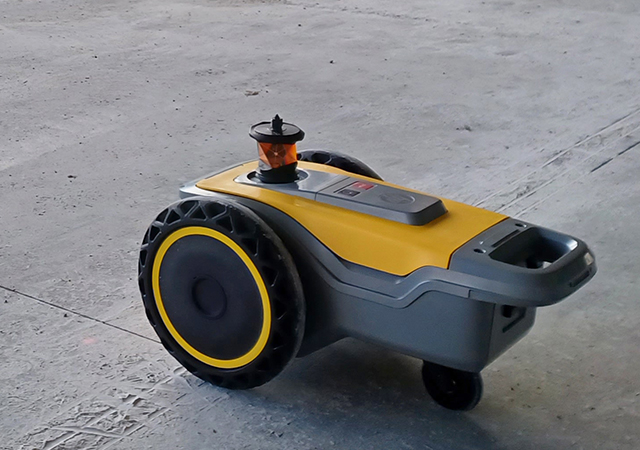
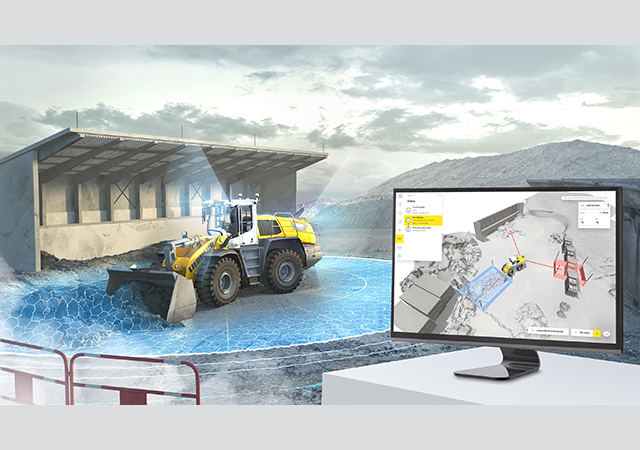





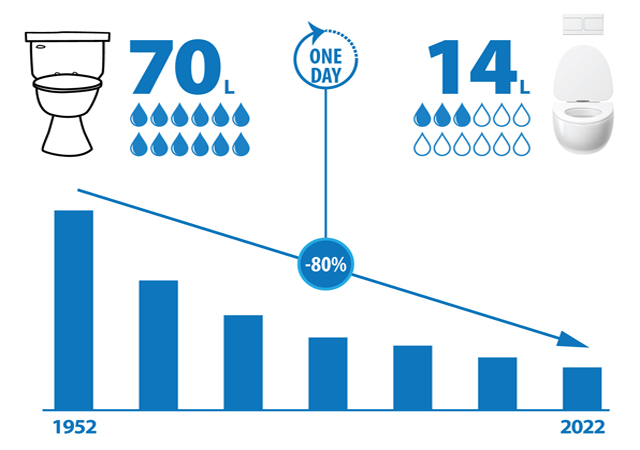










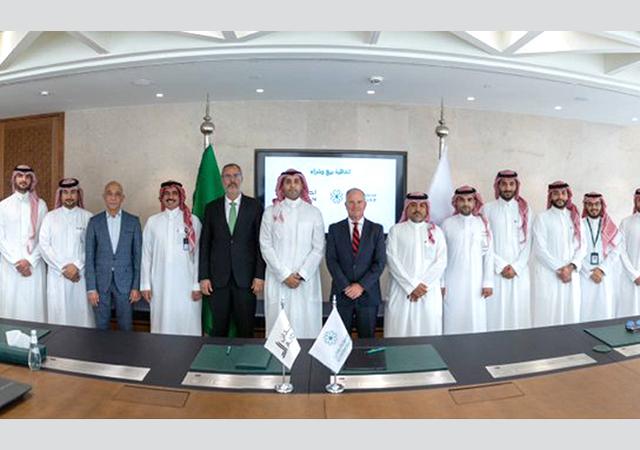



.jpg)













